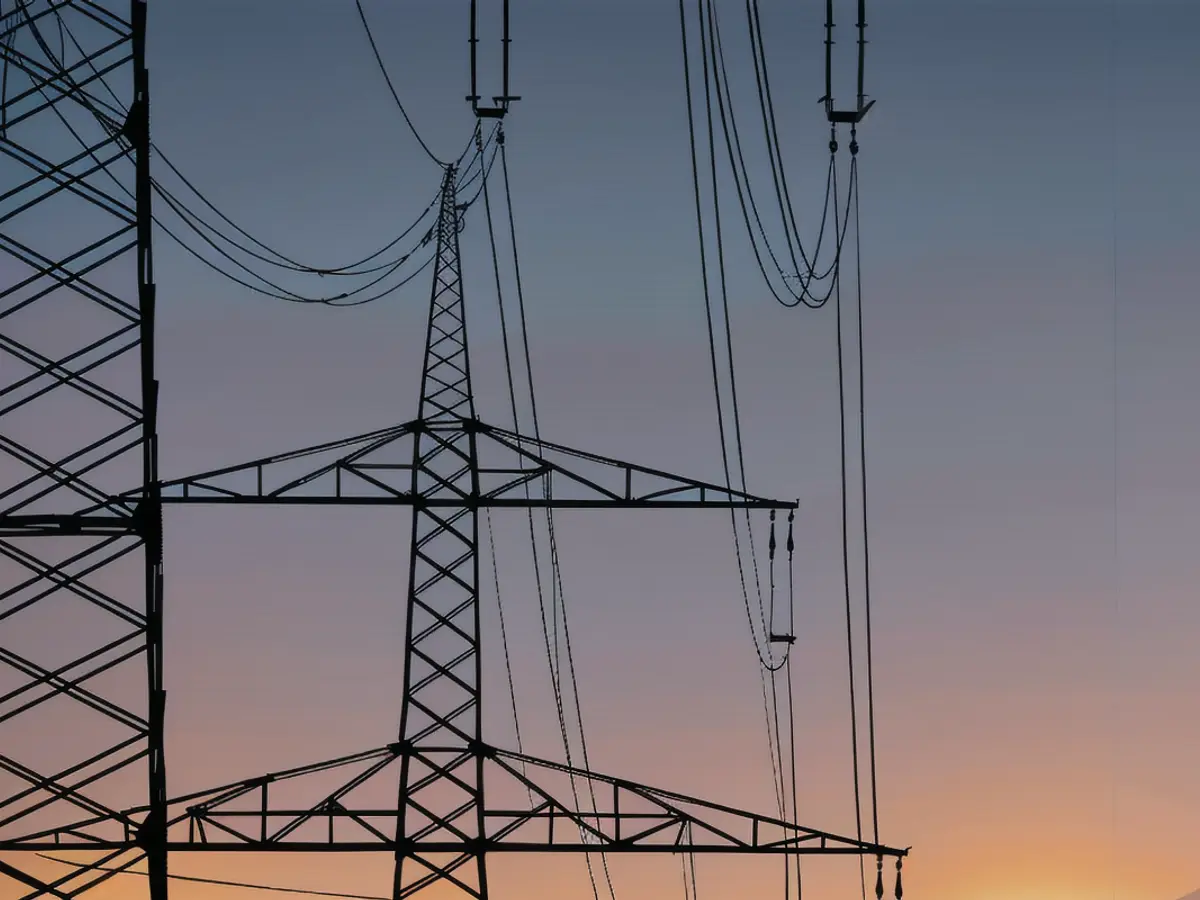Authorities anticipate significant cost reductions from broadening the outdoor power network.
In 2016, to address fears of "monster roads," the SPD and CDU highlighted the use of earth cables for network expansion. However, some federal states are now considering switching to overhead lines for cost savings. The Federal Court of Auditors has released figures on potential savings.
The Federal Network Agency has calculated the potential savings if they don't use underground cables for network expansion up to 2045. "Based on current projections, the investment without earth cables amounts to about 284.7 billion euros," the agency stated. The original expected investment for the same period was approximately 320 billion euros. The difference between these two amounts is 35.3 billion euros.
These new lines are intended to improve the distribution of renewable energy in Germany, a necessity for the formation of a climate-neutral energy system. The Network Agency estimates that potential savings in the transmission network for connections to onshore wind farms could reach 16.5 billion euros. Additionally, the agency predicts that offshore connection lines, which have previously been planned as earth cables, could save an additional 18.8 billion euros if switched to overhead lines. Since 2016, earth cables have had priority.
There's been an earth cable priority for large power highways since early 2016, put in place by the coalition of CDU and SPD to increase public acceptance for network expansion. These concerns about "monster roads" were the motivation. Currently, some federal states are advocating for the use of cheaper overhead lines instead.
Distinctive Traits in Evaluation
Notably, the costs for network expansion are passed on to all electricity customers through network fees. The Network Agency contends they have no knowledge of any technical or spatial issues with implementing earth cable projects as overhead lines. "The compatibility of network expansion projects with the goals and basic principles of spatial planning can be assessed equally for earth cable and overhead line projects," the agency added.
However, due to discrepancies in methodology for the study, there could be various route options. There may also be delays if projects now in the approval process change from earth cables to overhead lines. "A decision to change the earth cable priority would be a political one," a spokesperson for the agency explained. "We have always valued that the legislature determines whether the projects should be implemented as overhead lines or earth cables."
Read also:
The Federal Network Agency's calculation reveals that the energy industry could save up to 35.3 billion euros by not using underground cables for network expansion up to 2045, as part of the energy transition, in alignment with the Federal Court of Auditors' findings. This potential savings is not limited to onshore wind farms and offshore connections, as the agency predicts that savings from switching to overhead lines for offshore connection lines could reach an additional 18.8 billion euros. The decision to change the priority from earth cables to overhead lines, however, is a political one and depends on the legislature, according to a spokesperson from the Federal Network Agency.








